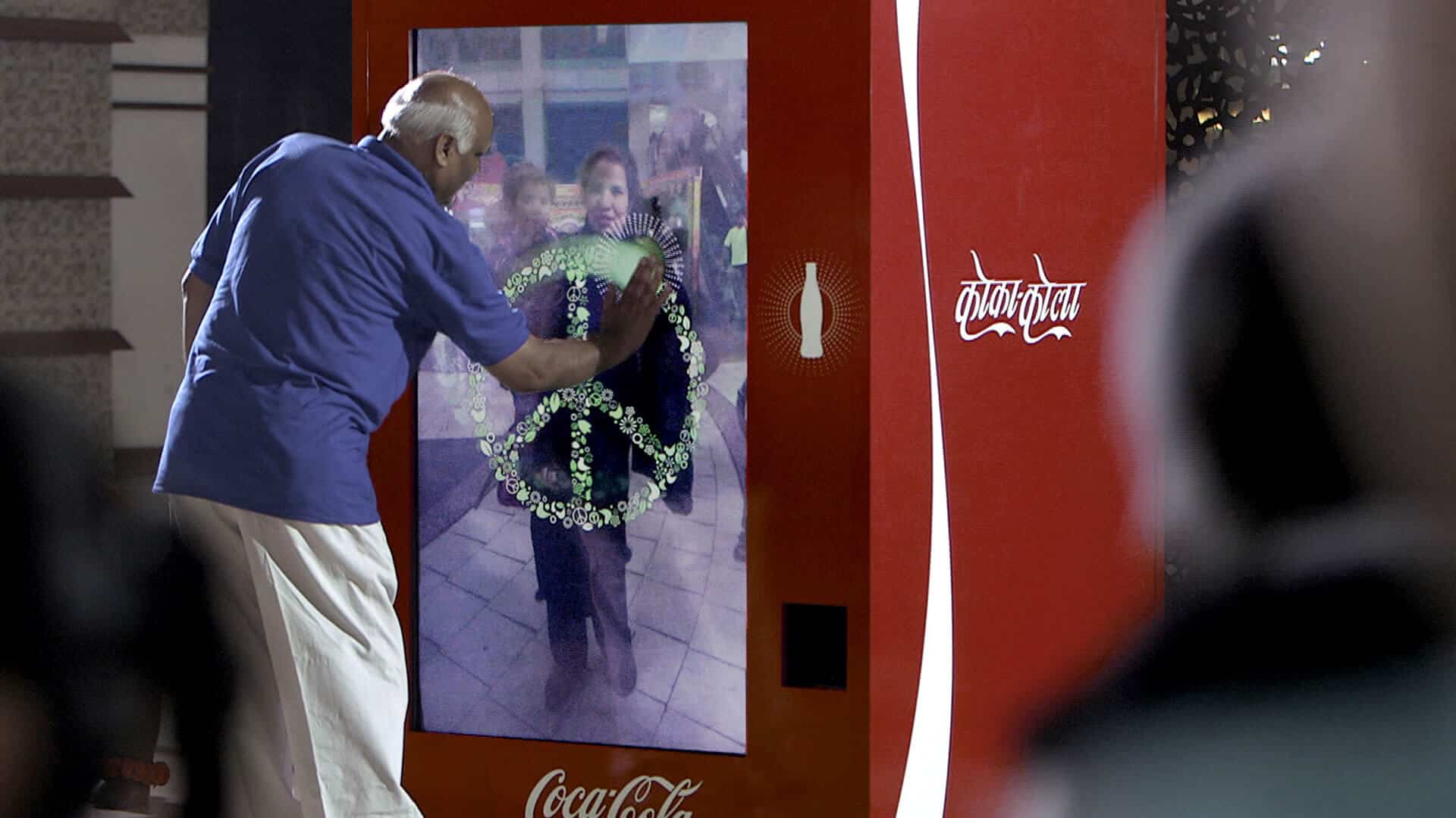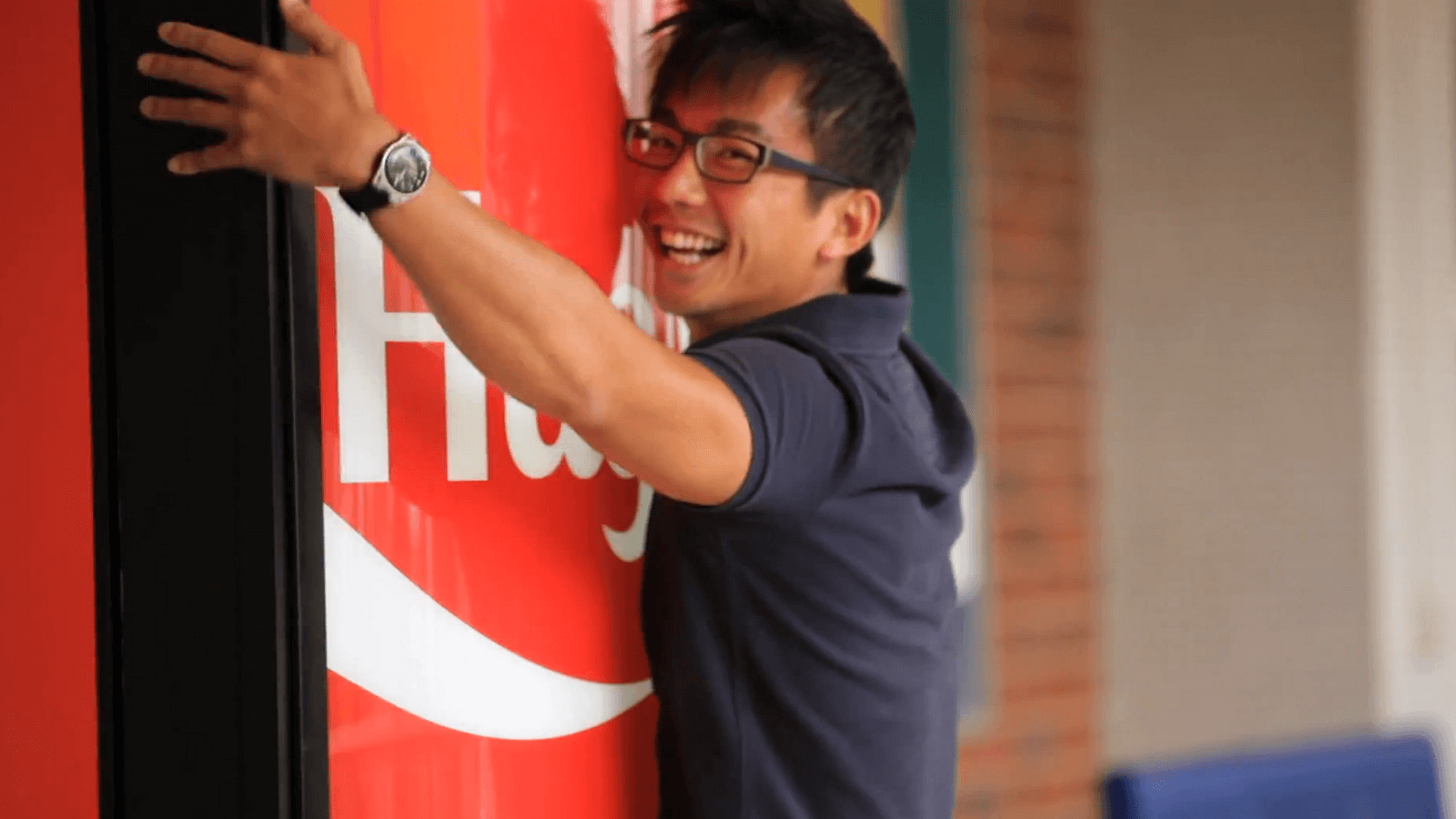When Coca Cola’s creative team sit down and brainstorm ad ideas, they’re not just looking to highlight how delicious their soda is. They’re planning the creation of content that will go viral – as it has proven to, time and time again. The Christmas polar bears? Adored by everyone, and shared by millions. Coca Cola knows what it’s doing when it comes to advertising, and their “liquid content” strategy is what makes them one of the most successful companies around, in terms of both profit and marketing.
Liquid content is inherently contagious – it sweeps across social media channels seemingly effortlessly, engaging almost everyone it reaches. It creates the kind of brand loyalty that even marketing experts don’t have a magic formula for, and it allows your company to establish a reputation that people will tend to love. (Think Apple fanatics.)
So how is liquid content, so perfectly characterized by Coca Cola’s advertising, created?
The content must be shareable.
Good advertising encourages people to act – typically to buy a product. Incredible advertising does something more than that. It encourages people to unite. Coca Cola’s “Small World Machines” campaign bought people in India and Pakistan together by creating moments of connection between the two nations. (http://h.fastcompany.net/multisite_files/cocreate/poster/2013/05/1683001-poster-1920-how-coca-cola-used-vending-machines-to-unite-the-people-of-india-and-pakistan.jpg)
Liquid content involves the sharing of an experience had by a few, with many.
Again, Coca Cola is king when it comes to this. They ran a campaign in Singapore where they installed a Coke machine, reading “Hug Me”. People who hugged the machine as they walked past would receive a can of Coke. Naturally, thousands of people shared this experience on social media, thus giving Coca Cola far more reach for far less money than a traditional advertising campaign would have cost them. The best advertising occurs when people want to share your message of their own accord. I guess you’d call this public relations.
Liquid content is dynamic, tells a story, and provokes conversation.
People love content that involves good storytelling; so naturally, it’s vital that your content does so in order to become “liquid content”. It needs to be a talking point for large numbers of people, and be just as engaging when shared as it was when originally experienced.
“Content isn’t king. If I sent you to a desert island and gave you the choice of taking your friends or your movies, you’d choose your friends — if you chose the movies, we’d call you a sociopath. Conversation is king. Content is just something to talk about.” Corey Doctorow
Liquid content moves quickly, and must be created quickly.
Does speed trump perfection? When it comes to creating liquid content, yes, it does. Those of us who work in marketing love striving for perfection. We’re detail-oriented, and sometimes producing content quickly, while having to sacrifice a certain degree of quality, can pain us. But companies that want to be able to produce liquid content need to maximize their capabilities when it comes to producing content quickly.
Liquid content creates a swell that moves around the world. Nothing is anything unless it’s globalized these days, and Coca Cola does a tremendous job at creating country-relevant advertising campaigns that are still adored by people in other countries.
Wendy Clark, SVP of Integrated Marketing Communications and Capabilities at The Coca Cola Company, said this:
“We are the largest brand fan page on Facebook – over 66 million fans for Coca Cola. But it’s not about the 66 million, and it IS about the 66 million – but it’s not TRULY about the 66 million, because the 66 million are just over one fan or friend away from the full universe of Facebook.”
Basically, what she’s saying is that having the largest brand fan page on Facebook isn’t enough of a reason to stop trying. Sure, the company may have 66 million fans, but there are over a billion people on Facebook. The world’s most successful companies balance their efforts well between maintaining existing brand loyalty and generating new customers/fans.
Wendy Clark also said, “The most convenient answer in the world to me is “no”. Saying yes creates more work. But we have to be relentless about pursuing the next yes. You cannot accept the status quo.”
So there you have it. Just follow the advice of Nike, Snow Patrol, and every other Pinterest-famous “Just say yes!” quote, and you have the foundation of what could become liquid content. And who knows, maybe you’ll change the world in the process.

